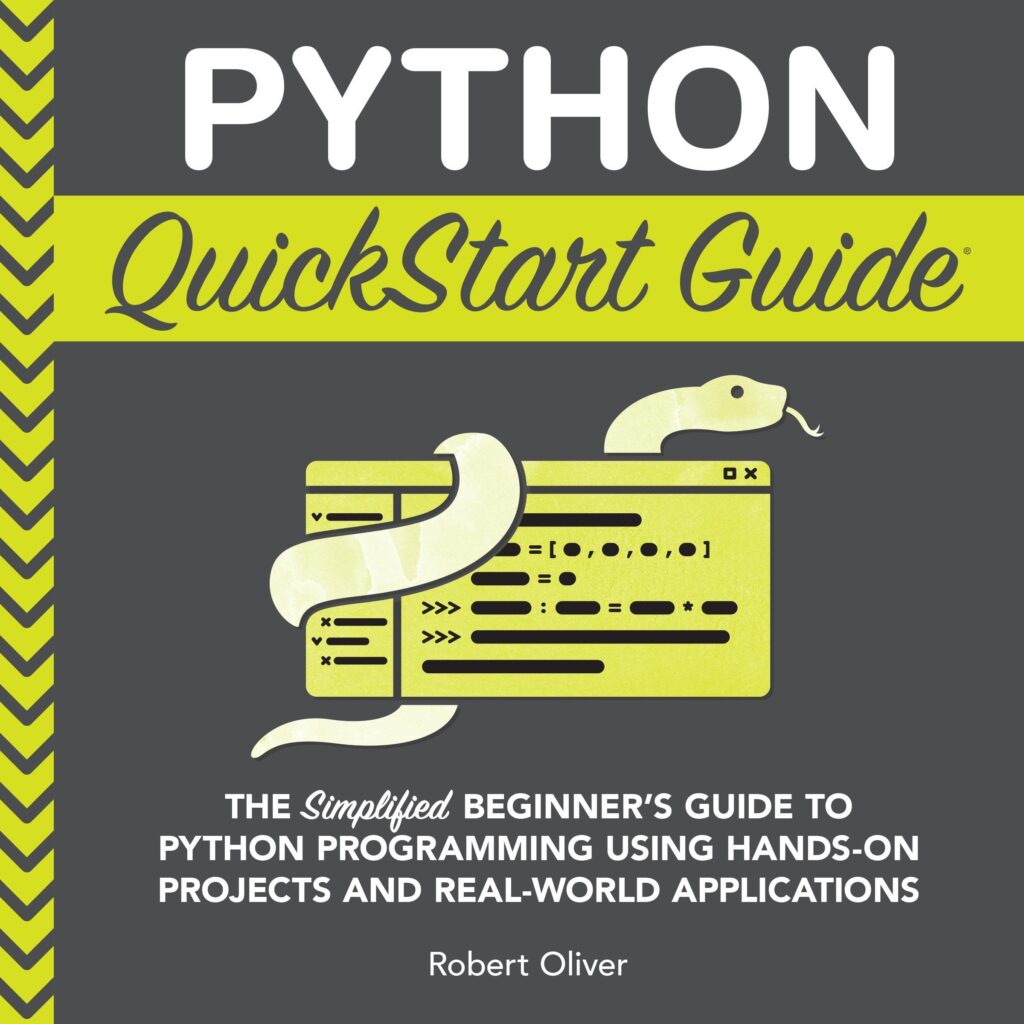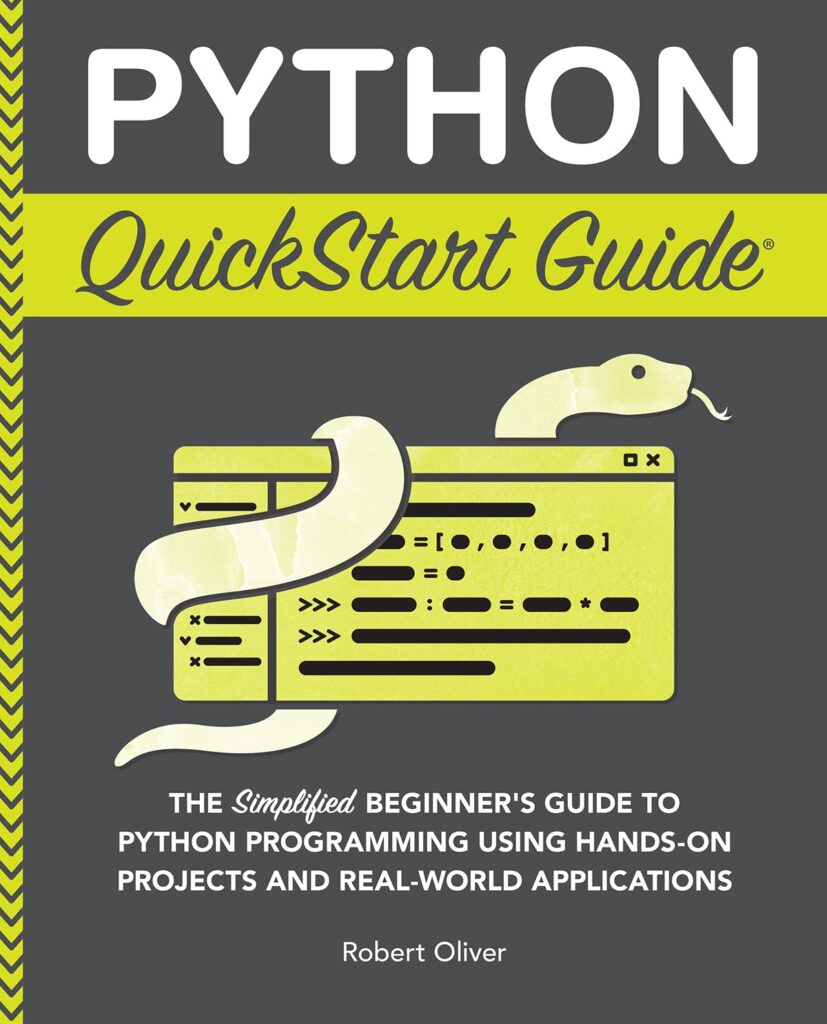
At the core of TensorFlow Extended (TFX) lies a robust architecture designed to facilitate the development and deployment of machine learning (ML) pipelines. Understanding how TFX operates requires a deep dive into its key components and their interrelations. TFX is not just a single library; it’s a suite of components that seamlessly integrate with TensorFlow and other tools to create an end-to-end ML pipeline.
The fundamental building blocks of TFX include components like ExampleGen, StatisticsGen, SchemaGen, and Transform. Each component serves a specific purpose in the pipeline, allowing data scientists and ML engineers to focus on their core tasks without getting bogged down by the minutiae of data handling and model management.
ExampleGen is the entry point for data ingestion. It abstracts away the complexities of loading data from various sources such as CSV files, databases, or cloud storage. By using a consistent interface, it allows practitioners to easily plug in their data sources and start working with their datasets immediately. For instance, to ingest data from a CSV file, one might use:
import tensorflow_data_validation as tfdv # Example of using ExampleGen to read data example_gen = tfx.components.CsvExampleGen(input_base='path/to/csv_dir')
Next in the pipeline is StatisticsGen, which provides a comprehensive analysis of the dataset. It generates descriptive statistics that help identify data distribution, missing values, and other anomalies. That’s critical for understanding the data’s quality and for making informed decisions about preprocessing steps. Here’s how you might invoke StatisticsGen:
from tfx.components import StatisticsGen # Create a StatisticsGen component statistics_gen = StatisticsGen(examples=example_gen.outputs['examples'])
The SchemaGen component then leverages the statistics generated to create a schema that defines the expected data structure and types. This schema serves as a reference point for data validation throughout the pipeline, ensuring that any discrepancies can be caught early on. You can define a schema based on the statistics like this:
from tfx.components import SchemaGen # Generate a schema schema_gen = SchemaGen(statistics=statistics_gen.outputs['statistics'])
Transform is another pivotal component. It allows for advanced data preprocessing and feature engineering, which are often crucial for model performance. The Transform component can be configured to apply various transformations, such as normalization, encoding categorical variables, or even complex feature extraction techniques. For example:
from tfx.components import Transform
# Define a transform component
transform = Transform(
examples=example_gen.outputs['examples'],
schema=schema_gen.outputs['schema'],
preprocessing_fn=my_preprocessing_fn)
With these components working together, TFX creates a cohesive workflow that manages everything from data ingestion to model training. The orchestration of these components is typically handled by a pipeline orchestrator, which can be Apache Airflow, Kubeflow Pipelines, or even Apache Beam. Each orchestrator has its own strengths and weaknesses, but they all share the common goal of ensuring that the components run in the correct sequence and that data flows smoothly through the pipeline.
Furthermore, TFX encourages best practices in ML development by promoting modularity and reusability. Because each component is designed to be independent, data scientists can easily swap out one component for another or modify their configurations without having to overhaul the entire pipeline. This flexibility is invaluable in a field where requirements can shift rapidly and new insights can lead to significant changes in approach.
Apple AirPods 4 Wireless Earbuds, Bluetooth Headphones, Personalized Spatial Audio, Sweat and Water Resistant, USB-C Charging Case, H2 Chip, Up to 30 Hours of Battery Life, Effortless Setup for iPhone
$141.98 (as of December 9, 2025 08:27 GMT +00:00 - More infoProduct prices and availability are accurate as of the date/time indicated and are subject to change. Any price and availability information displayed on [relevant Amazon Site(s), as applicable] at the time of purchase will apply to the purchase of this product.)Building Robust ML Pipelines with TFX
The next crucial step in building a robust ML pipeline with TFX is model training, which is facilitated by the Trainer component. This component is responsible for orchestrating the training of the machine learning model using the prepared datasets. The Trainer allows you to specify the model architecture and the training configuration, making it easy to experiment with different algorithms and hyperparameters. Here’s a simple example of how to set up the Trainer component:
from tfx.components import Trainer
# Define a Trainer component
trainer = Trainer(
module_file='path/to/my_model.py',
examples=transform.outputs['transformed_examples'],
schema=schema_gen.outputs['schema'],
train_args=tfx.proto.TrainArgs(num_steps=1000),
eval_args=tfx.proto.EvalArgs(num_steps=500))
In this example, the module_file parameter points to a Python file where the model architecture and training logic are defined. This separation of concerns allows for clean organization and easy modification of the model without interfering with the rest of the pipeline. The train_args and eval_args specify how many steps to run during training and evaluation, respectively, which helps in managing the training process effectively.
After training the model, it’s essential to evaluate its performance using the Evaluator component. This component assesses the trained model against a set of metrics defined in your evaluation logic. The Evaluator not only provides insights into the model’s performance but also helps in making decisions about whether to deploy the model or iterate on it further. Here’s how you can integrate the Evaluator in your pipeline:
from tfx.components import Evaluator
# Define an Evaluator component
evaluator = Evaluator(
examples=transform.outputs['transformed_examples'],
model_exports=trainer.outputs['model'],
eval_config=tfx.proto.EvalConfig())
The eval_config can be customized to specify various evaluation metrics, which are critical for understanding how well the model generalizes to unseen data. This step is vital because deploying a model that does not perform well can lead to catastrophic results down the line.
Once the model passes evaluation, it can be pushed to production using the Pusher component. The Pusher takes the validated model and deploys it to a serving infrastructure, making it available for predictions. This component can point to various serving platforms, including TensorFlow Serving, Google Cloud AI Platform, or even custom endpoints you may have set up. An example of defining a Pusher component is shown below:
from tfx.components import Pusher
# Define a Pusher component
pusher = Pusher(
model=trainer.outputs['model'],
push_destination=tfx.proto.PushDestination(
filesystem=tfx.proto.PushDestination.Filesystem(
base_directory='path/to/serving_model')))
The above code outlines how to push the trained model to a specified directory, which can then be monitored for serving. By using the Pusher, you ensure that only models that have passed all necessary checks are deployed, which greatly enhances the reliability of your ML infrastructure.
Moreover, TFX supports continuous evaluation and retraining of models to adapt to changing data distributions. This is particularly important in production environments where data can evolve over time, potentially degrading model performance. The TFX pipeline can be scheduled to run at regular intervals, allowing for automatic retraining and redeployment of models as new data becomes available.
Each component in TFX is designed to be reusable and adaptable, promoting best practices such as versioning and documentation. Keeping track of different versions of datasets, preprocessing steps, and model configurations is vital for maintaining the integrity of the ML pipeline. The use of metadata stores, integrated into TFX, facilitates this tracking and provides a centralized location for managing the lifecycle of your ML models and datasets.
Lessons from the TFX Trenches
As teams adopt TFX for their machine learning needs, several lessons emerge from the trenches that can help streamline the development process and mitigate common pitfalls. One of the first takeaways is the importance of comprehensive logging and monitoring throughout the entire pipeline. TFX integrates with tools like TensorFlow Data Validation (TFDV) and TensorBoard to provide visibility into the data and model performance. This visibility is important for identifying issues early. For instance, if the data ingested shows unexpected distributions or anomalies, having robust logging can help you catch these discrepancies before they propagate downstream.
Another lesson learned is the necessity of establishing a well-defined schema upfront. The SchemaGen component, while powerful, is only as effective as the schema it generates. Teams often find that investing time to develop a thorough understanding of the data and its expected structure leads to fewer headaches later on. If the schema is not meticulously defined, it can result in the pipeline failing during later stages, such as during model training or evaluation. This can lead to wasted computational resources and time. Here’s an example of how you might validate a schema against incoming data:
from tfx.components import SchemaGen
from tfx.utils import validate_schema
# Assuming existing statistics
schema = SchemaGen(statistics=statistics_gen.outputs['statistics']).outputs['schema']
# Validate incoming data against the schema
validation_result = validate_schema(new_data, schema)
if not validation_result.is_valid:
print("Data does not conform to the defined schema!")
Moreover, building a robust testing strategy is essential. Automated tests for each component of the pipeline can help ensure that changes do not introduce new bugs. This includes unit tests for custom transformations, integration tests for the pipeline as a whole, and end-to-end tests that validate the entire workflow. Using tools like Apache Airflow’s testing capabilities can provide a safety net when deploying changes.
A common challenge teams face is managing the dependencies between components. Because TFX encourages modularity, it can sometimes lead to confusion about how changes in one component might affect another. It’s beneficial to establish clear interfaces and documentation for each component. For instance, if a new preprocessing step is introduced, documentation should specify how it interacts with downstream components. This practice can prevent cascading failures that arise from seemingly unrelated changes.
Another key lesson pertains to the significance of hyperparameter tuning. While TFX provides a framework for model training, the effectiveness of the model heavily relies on the tuning of hyperparameters. Tools such as TensorFlow Model Analysis (TFMA) can be integrated into the pipeline to evaluate different model configurations and select the best-performing one. Here’s a brief snippet illustrating how you might set up hyperparameter tuning:
from tfx.components import Tuner
# Define a Tuner component
tuner = Tuner(
trainer=trainer,
search_space=my_search_space,
num_trials=10)
This component can systematically explore various hyperparameter combinations, ensuring that the model is not only performant but also robust against variations in the data. The iterative process of tuning can often uncover insights into the model’s behavior that were not apparent during initial development.
Finally, adopting a culture of collaboration and communication across teams is paramount. In many organizations, data scientists, ML engineers, and DevOps personnel work in silos. This divide can lead to misalignment on pipeline goals and outputs. Encouraging regular meetings, shared documentation, and collaborative tools can bridge these gaps and foster an environment where feedback is not only welcomed but actively sought. This holistic approach can lead to more resilient ML systems that are better equipped to handle the complexities of real-world data.












